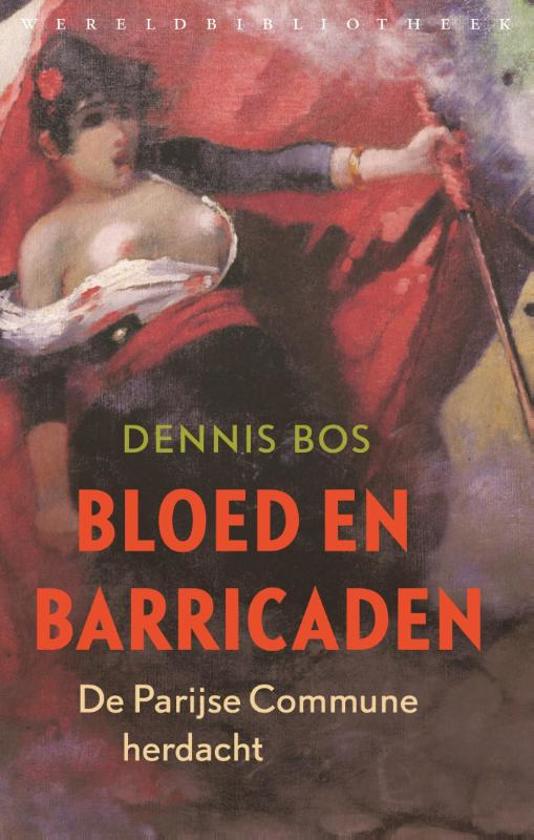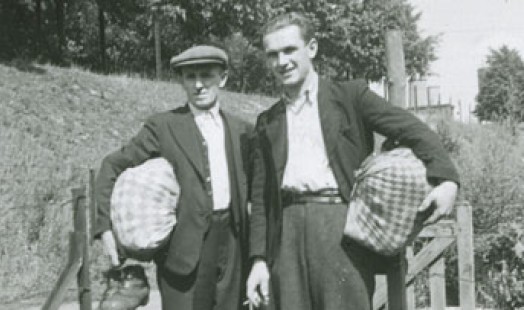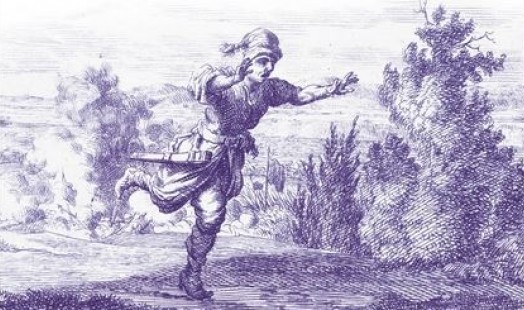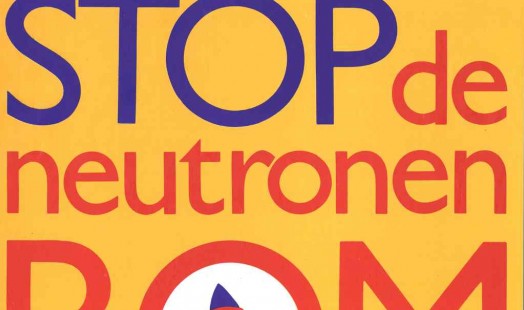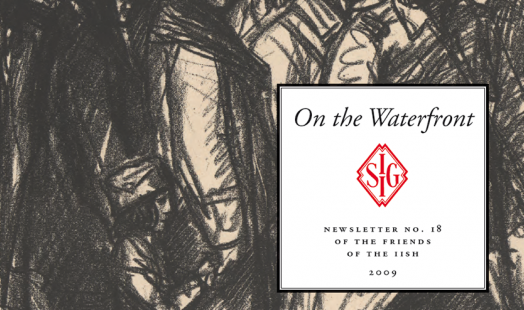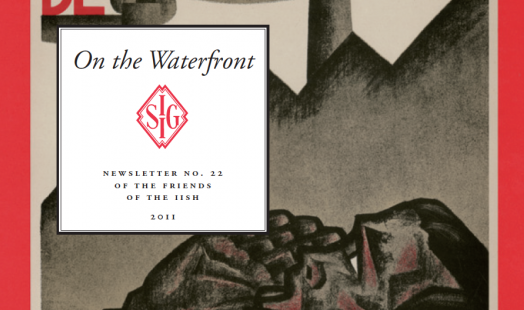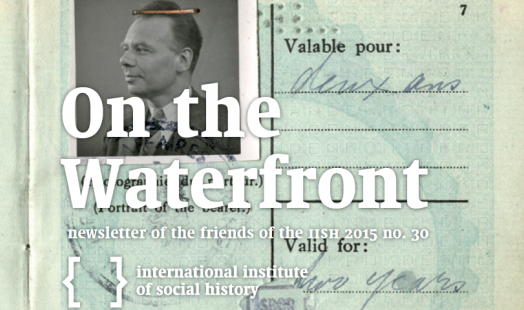Stunningly beautiful on the barricades
The Paris Commune of March 1871 failed and was stifled in blood. Yet that same Commune has been the shining example of the fighting culture of all kinds of popular movements for almost a century and a half to all corners of the world.
The Commune is a living legend that spans not only a long period but also the entire globe. Historian Dennis Bos jumped into this mer à boire and wrote a book about it with verve, which was presented in Amsterdam on the historical day of March 18, 2014.
Blood and Barricades, the Paris Commune commemorated, counts 750 pages. Not surprising, because Bos treats the history of the legend in different circles (from anarchists to maoists), spheres (from eroticism to refugee aid) and places (from Appelscha to Shanghai).
An intriguing chapter is 'Eros and the Commune'. We see (front) images of far-reaching romanticization of the uprising, where gorgeous female workers go up the barricades, dressed in rags that have a tendency to drop off their breasts. In many contemporary writings, women who played a role in the Commune were regarded as lewd prostitutes. On the other side of the spectrum are the Communals of Walter Crane, dressed in long Greek robes, emblems of chastity and moral unspoiltness.
The public image of the great heroine of the Commune, Louise Michel, was that of Red Virgin. Michel had an 'asexual appearance', according to many it seemed like a guy. She committed herself to oppressed populations such as the Kanaken in New Caledonia, stray cats and other pathetic animals, reportedly even mice.
Dennis Bos consulted an impressive amount of material for this magnum opus, which of course was mainly to be found at the IISH: 'The IISH enjoys a worldwide reputation for its magnificent collection of old paper, but I have mainly experienced how endlessly more valuable the staff of this institute. "
